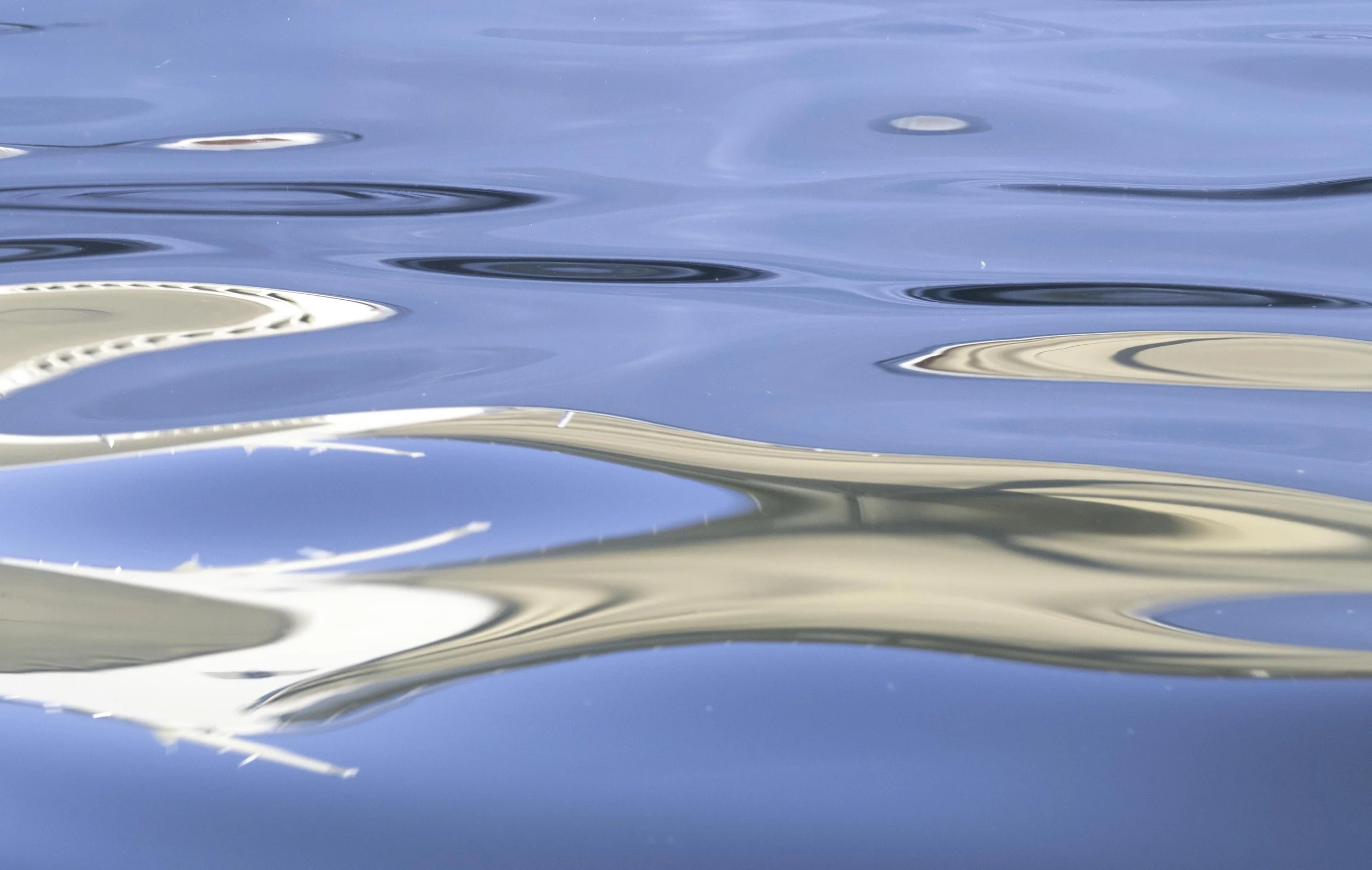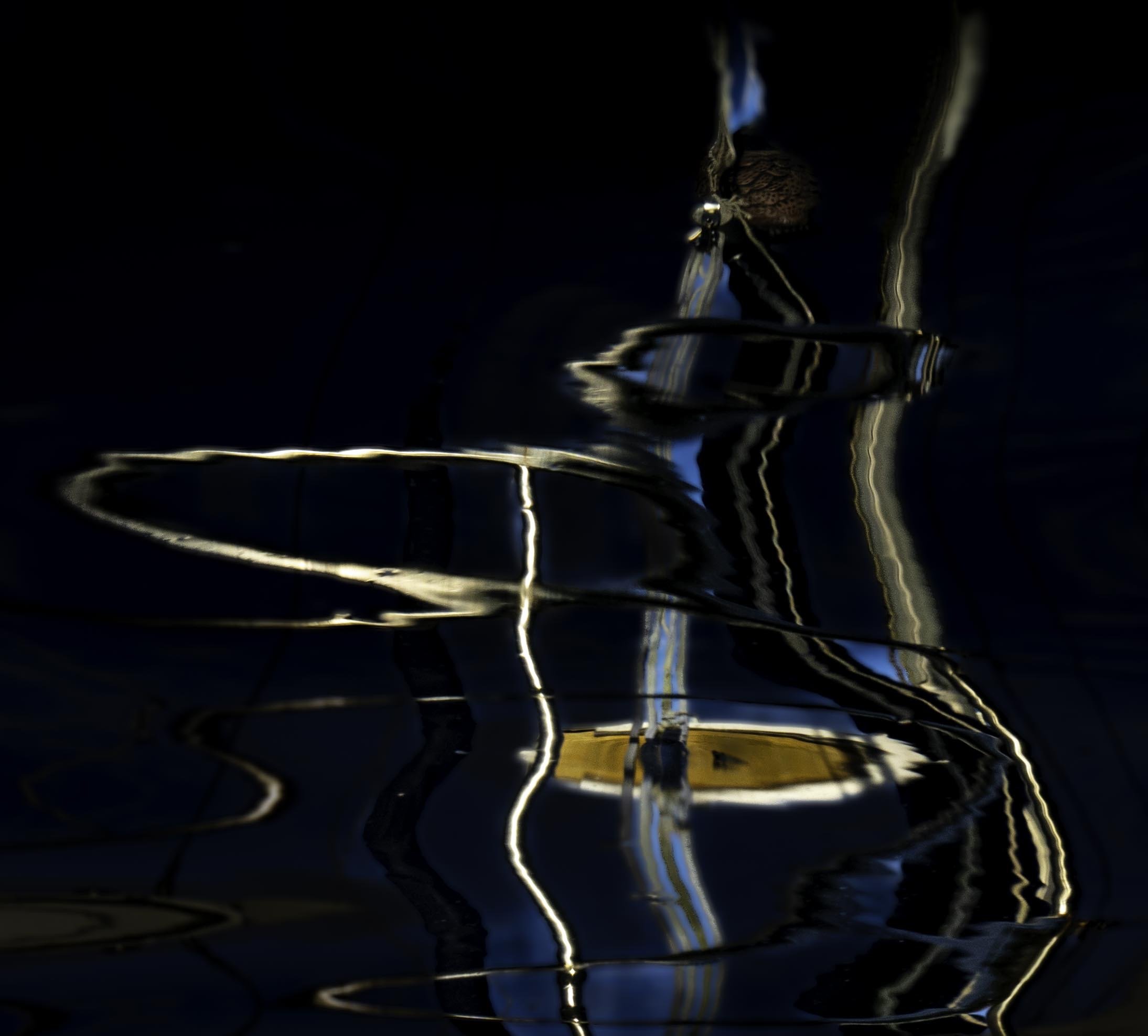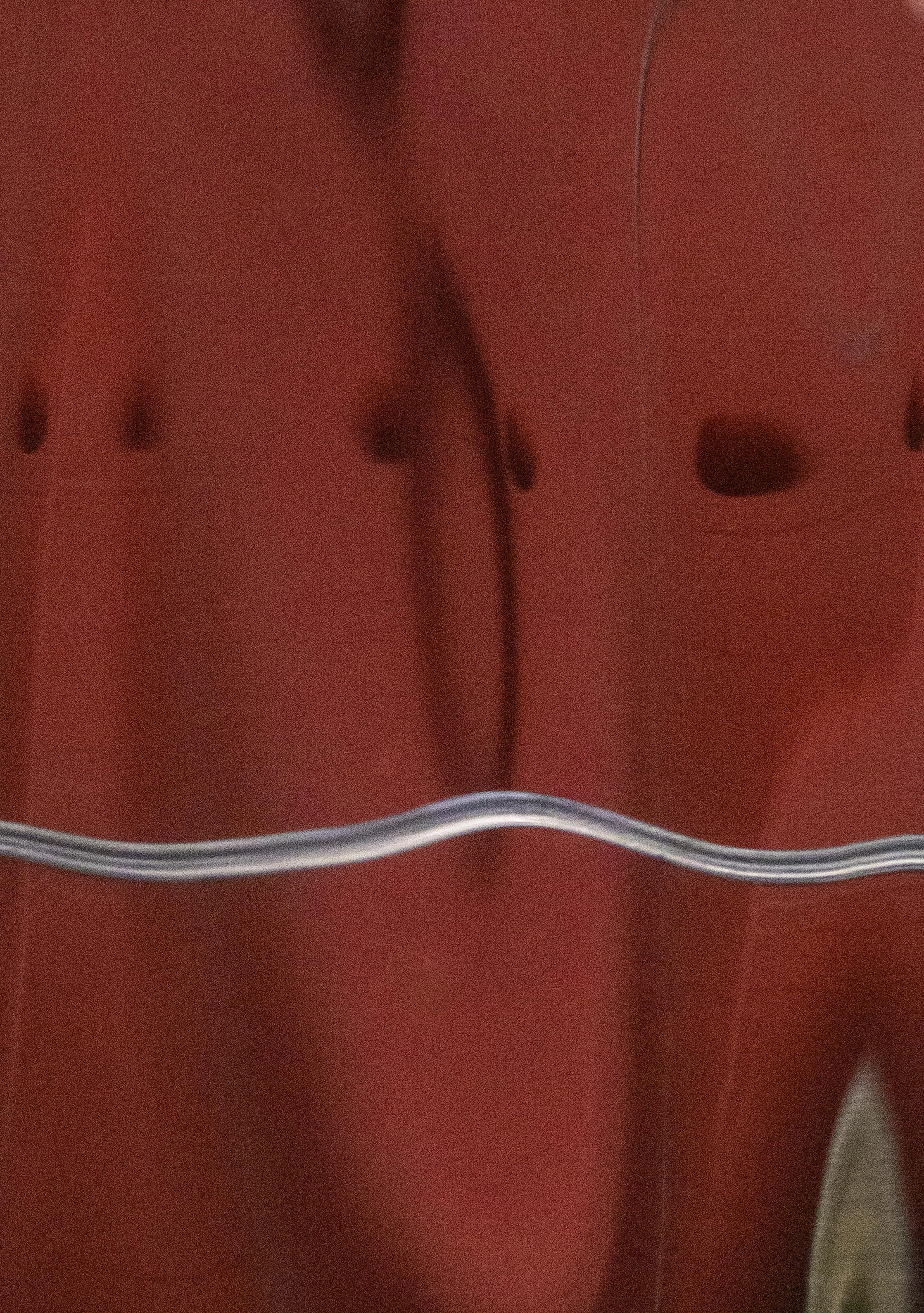Reflections on the making of The Art of Navy
Click to view Ralph Kerle's Art of Navy Exhibition
My new exhibition, the Art of Navy, running at the Australian National Maritime Museum from Oct 3 – 30 has allowed me to explore totally new concepts and outputs in my art practice. The full story behind the genesis of the exhibition is told in a new film, the Making of the Art of Navy that is showing as part of the exhibition and can be viewed here.
The usual output for my artwork is a limited edition print on a fine art paper, known as Giclee paper, a form of paper that had its manufacturing roots in the 15th century. The porous quality of the paper when used with water based ink jet printers enables the final artwork to look very much like a watercolour painting. Given my practice is based around light and water, this process of printing best represented the creative intention behind the making of my art to date.
The Art of Navy commission gave me the opportunity to create very large scale works. This came with its own constraints. The Giclee paper printing options are limited in width to 1.6 meters high and traditional picture framing methods on works of this size can be complicated.
So what other print output options for six large scale 2.4metre x 1.6 metre artworks might support works of this size and how might that change my conceptual thinking behind the works .
I began exploring the world of digital reproduction as fine art work. Options included using a heat transference process sublimating the image into metal. Again size constraints precluded that option. So the choice was based around the last option available – printing directly onto a large scale acrylic panel cut to size.
This printing process involves four layers of colour being instantaneously applied to the panel. The first layer prints the full colour image directly onto the acrylic, the second layer is a coat of white printed over the full colour image to ensure light diffusion off the surface, the third layer is a repeat of the original colour image onto the coat of white and the fourth and final layer is another layer of white to ensure the full dynamic colour range in the artwork resolves. A light box with LEDs was specially designed and built to back light each artwork exposing its translucent qualities. Finally, black metal frames were constructed to hold the acrylic panels in the light boxes.
In this way, the basis of the artwork became more than a still image on paper or canvas with a frame. It transformed into a contemporary sculptured artwork.
Slowly but surely as I viewed the completed artworks several times the difference in the fabrication method – the acrylic pane, the digital printing, the light box and its lighting system - revealed a significant change in my perception of the work. Suddenly, the work was no longer a painterly impression. It was as close to the actual water with the reflection on it hanging on the gallery wall!
This is a very exciting breakthrough for me. What if I could create a whole floor of these artworks on which viewers could walk and experience spatially the actual moment of capture of the artwork!








Every artwork begins with an intention, but I’m reminded again and again that its life begins when it enters the eyes — and imagination — of others.
Over the past month, I invited my Art Journal subscribers into something I’ve never done before: a genuine co-creation. A new artwork of mine, previously untitled, was placed before you all with a simple question:
What should this work be called